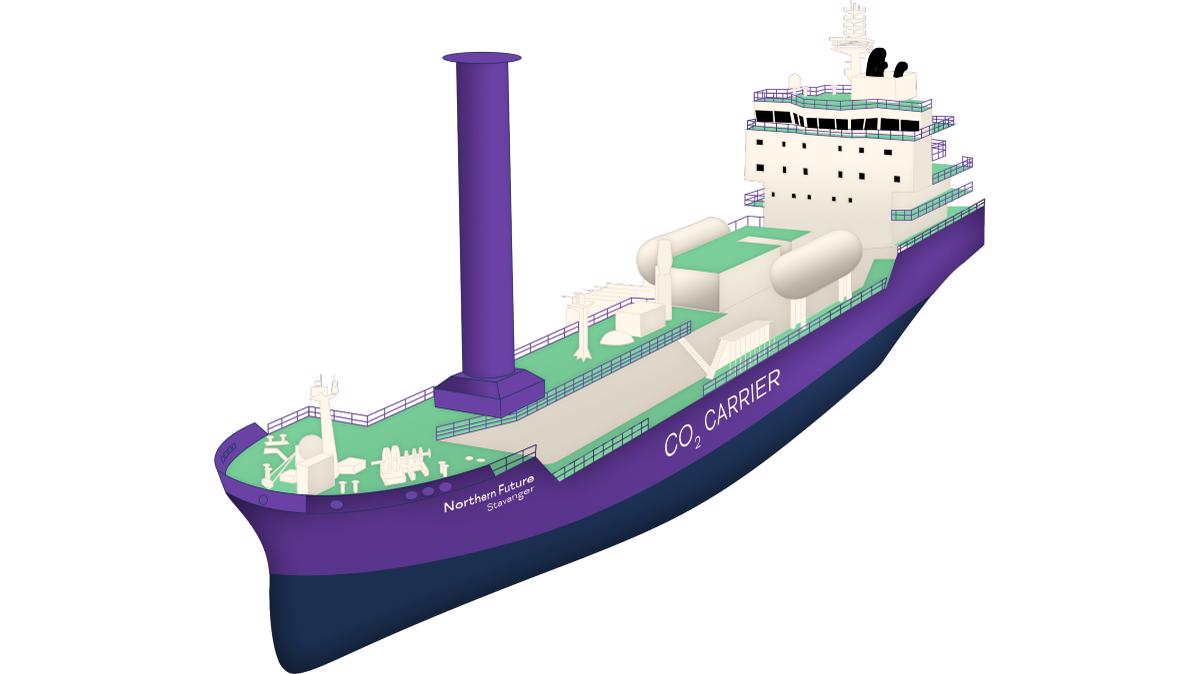Yara, Northern Lights partner on CO2 transport and storage
Northern Lights will ship around 800,000 mt/year of liquefied carbon dioxide (LCO2) from the Netherlands to Norway for permanent storage.
 PHOTO: Aerial view of Northern Lights' CO2 receiving terminal in Øygarden in western Norway, which is scheduled to start in 2024. Northern Lights
PHOTO: Aerial view of Northern Lights' CO2 receiving terminal in Øygarden in western Norway, which is scheduled to start in 2024. Northern Lights
Ammonia producer Yara International (Yara) plans to capture approximately 800,000 mt/year of carbon dioxide (CO2) emitted during ammonia production at its Dutch Sluiskil plant. The carbon capture and storage (CCS) is scheduled to begin in 2025 and last for 15 years. As a result, Yara expects to capture roughly 12 million mt of CO2 over a 15-year period.
As part of this project, Yara will liquefy captured carbon on site to facilitate its transport. Northern Lights will ship this LCO2 to its receiving terminal in Øygarden in Norway, which will become operational in 2024. CO2 will then be injected 2,600 meters below the seabed for permanent storage.
Northern Lights is a CCS-focused joint venture between oil majors Equinor, Shell and TotalEnergies. In September, it ordered its third LCO2 carrier to meet growing demand for "cross-border CO2 storage and transport".
The vessels will be powered by LNG with wind-assisted propulsion.
 PHOTO: Conceptual image of Northern Lights' LNG-fuelled LCO2 carrier. Northern Lights
PHOTO: Conceptual image of Northern Lights' LNG-fuelled LCO2 carrier. Northern Lights
The partnership with Yara “confirms the commercial potential for CCS and demonstrates that the market for transport and storage of CO2 is evolving rapidly,” Børre Jacobsen, managing director of Northern Lights said.
The shipping industry is promoting carbon capture as a means to reduce the sector's carbon footprint.
“We need to use all technologies at our disposal to address the climate emergency,” Yara said. “European industries are eagerly awaiting the EU’s CCUS strategy, to be announced early next year. To realize the full potential of this decarbonisation route, CCS projects need to be supported by a dedicated regulatory environment for CO2 transport and storage infrastructure,” it added.
Moreover, blue ammonia produced after CO2 is captured during production can be used to decarbonise “hard-to-abate sectors like shipping”, Yara Clean Ammonia's president Magnus Ankarstrand said.
Maritime and energy experts including DNV, Lloyd’s Register, Mærsk Mc-Kinney Møller Center for Zero Carbon Shipping and the International Energy Agency (IEA) have indicated that blue ammonia could eventually emerge as the lead candidate to support the shipping sector's net zero ambitions.
DNV has explained that this is because carbon capture during ammonia production is relatively cheap and simple compared to producing green ammonia from renewable energy.
In addition to this project, Yara also confirmed that it is exploring large-scale blue ammonia production projects with CCS in the US.
By Konica Bhatt
Please get in touch with comments or additional info to news@engine.online





